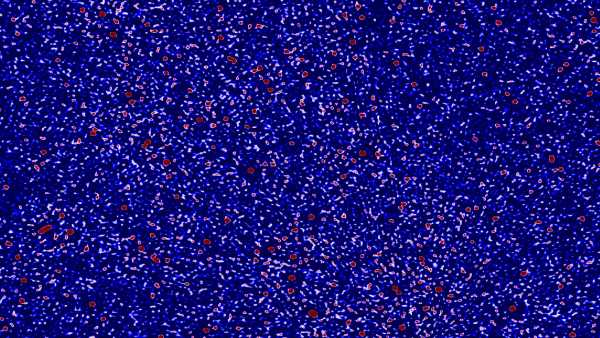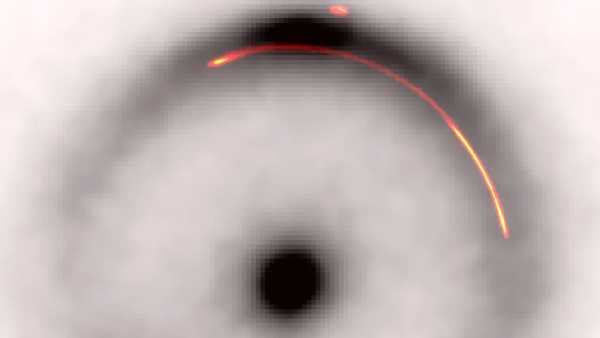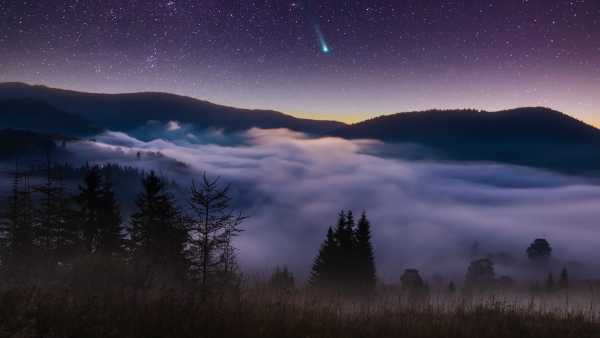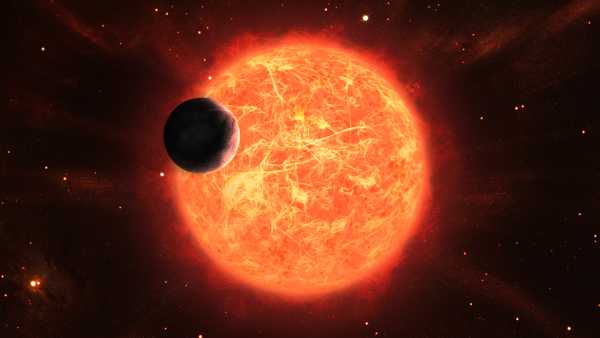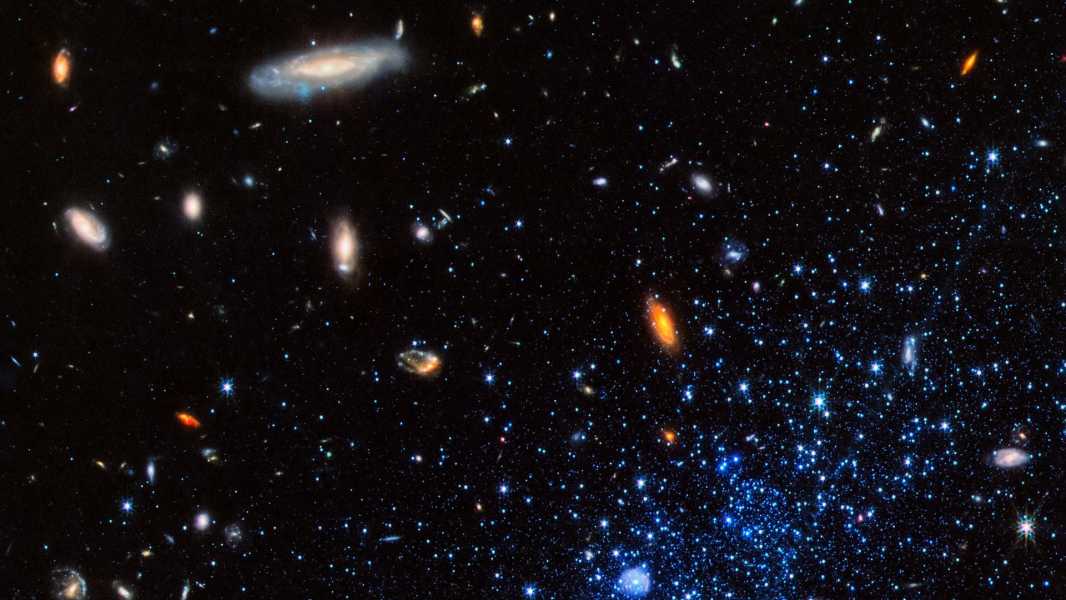
An image of the Leo P dwarf galaxy taken by the James Webb Space Telescope. (Image credit: NASA, ESA, CSA, Kristen McQueen (STScI))
What is it: The Leo P dwarf galaxy.
Location: 5.3 million light years away in the constellation Leo.
When it was published: January 16, 2025.
Why it's so unique: Large galaxies like our Milky Way originate from small “seed” galaxies that evolve over time, colliding and merging, with each interaction creating new stars as gas and dust mix. However, some of the original seed galaxies still exist in the universe, unchanged for billions of years and containing only a small amount of chemical elements other than hydrogen and helium.
One such galaxy is an irregular dwarf galaxy called Leo P (where the “P” stands for “pristine”), which is far enough away from the Local Group of galaxies, the cluster of large galaxies that includes the Milky Way and Andromeda, to be unaffected by them.
Leo P resembles the original galaxies of the early universe, so astronomers can learn a lot about early cosmic history by studying it. Although it was first discovered in 2013, new data from the James Webb Space Telescope (JWST) have shown that Leo P is suddenly starting to form new stars.
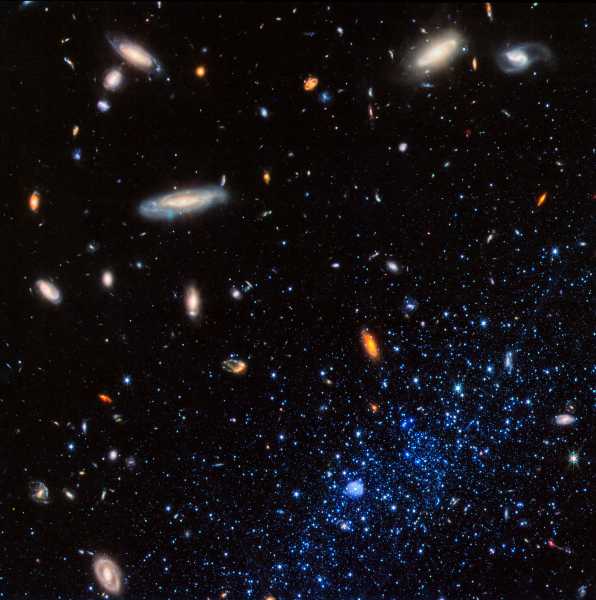
Unprocessed version of the Leo P image.
This came as a big surprise to astronomers, as small, isolated galaxies like Leo P were thought to have stopped star formation when the universe was about a billion years old, during a period known as the Epoch of Reionization. This period followed the cosmic dark ages, when a thick fog of neutral hydrogen blocked light. As the first stars formed and then exploded as supernovae, they released powerful ultraviolet light that could ionize hydrogen atoms, or break them apart into electrons and protons, according to NASA.
We think the Celestron NexStar 8SE is the best motorized telescope for observing galaxies like Leo P, as it excels at astrophotography and offers great, detailed images. For a more in-depth analysis, check out our Celestron NexStar 8SE review.
Using JWST's Near Infrared Camera (NIRCam) to measure the brightness and color of thousands of stars in the dwarf galaxy, the researchers found that Leo P formed stars early in the universe but stopped shortly after the Epoch of Reionization. This was expected. However, the researchers
Sourse: www.livescience.com


